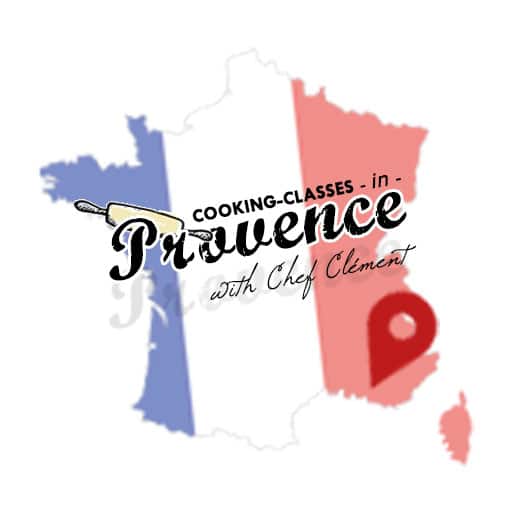What do you think of when you think of Provence? Is it the beautiful Mediterranean landscape, the sun drenched lavender fields, or the regions culinary heritage that comes to mind?
Eating in Provence isn’t only about nourishment, it is a cultural ritual that surrounds fresh and seasonal produce, filled with generations of tradition.
Fresh, Seasonal Ingredients are the Heart of Every Dish
Provençal diets revolve around what is fresh and available. There are daily fresh produce markets held in the towns and villages in the region. This is where you will find the locals. Farmers display their fruits, vegetables, olives, herbs, and cheeses, while locals browse the selection, making their selection based on what is available and their dish for the day.
In the summer months, the markets are overflowing with tomatoes, peppers, and courgettes, ideal for making a ratatouille. Spring offers artichokes, strawberries, and asparagus, the winter and autumn months offer an abundance of mushrooms, chestnuts, and root vegetables. Cooking with what is available ensures freshness and flavour.
Olive Oil Defines Provençal Cooking
Olive oil is important to Provençal dishes. It is used generously on everything, replacing butter. Most of the villages have their own olive groves and mills, where they press the olives into fragrant, local oils.
Using olive oil captures the Mediterranean region, whether you splash it on a salad or over grilled vegetables.
Classic Dishes Layered with Tradition and Culture
Provence is home to traditional dishes, made in homes throughout the region, and shared with family and friends. The popular classic Provençal dishes you must try to eat like a local includes:
- Bouillabaisse – a seafood stew comprising of fish, herbs, and saffron. A rustic, luxurious, and hearty dish
- Ratatouille – a slow cooked selection of summer vegetables, generously seasoned with local herbs, such as thyme and bay leaves. While simple, it shows Provence’s dedication to fresh and seasonal produce
- Pissaladiere – a savoury flat bread brimming with caramelised onions, olives, and anchovies. Often served as a starter with aioli (garlic and olive oil sauce), or as a snack
- Daube Provencale – a slow cooked beef stew made with local red wine, garlic, orange peel, and Provençal herbs
Herbs of Provence, Found in Every Local Kitchen
Herbes de Provence (Herbs of Provence) is a blend on rosemary, thyme, oregano, and savoury. It is a fragrant blend of herbs that grow well in the local Mediterranean climate, and are used with meats, poultry, fish, and vegetable dishes, adding flavour and aroma.
Sharing a Meal Together
Eating like a local in Provence is never rushed. In fact, meals are social occasions that can last hours with multiple courses. Most families will start their meal with olives and tapenade before sharing a roast lamb or bouillabaisse, finishing with fresh fruit or local cheeses.
Provence is known for its wine industry, and you will find wine at every meal in Provence. Locals usually choose the rose wine, which is crisp and dry.
Conclusion
Provence is overflowing with culinary traditions and if you want to eat like a local, you will need to head to the morning fresh produce markets, cook simply with olive oil and herbs, and take your time to enjoy each meal, whether sharing with your family and friends. The recipes are not elaborate, they are about quality ingredients, patients, and savouring every mouthful. Provence cuisine is about celebrating the land, season, and community. If you want to learn Provençal cooking and eat like a local, contact Cooking Classes in Provence today and take advantage of our private chef cooking classes.






